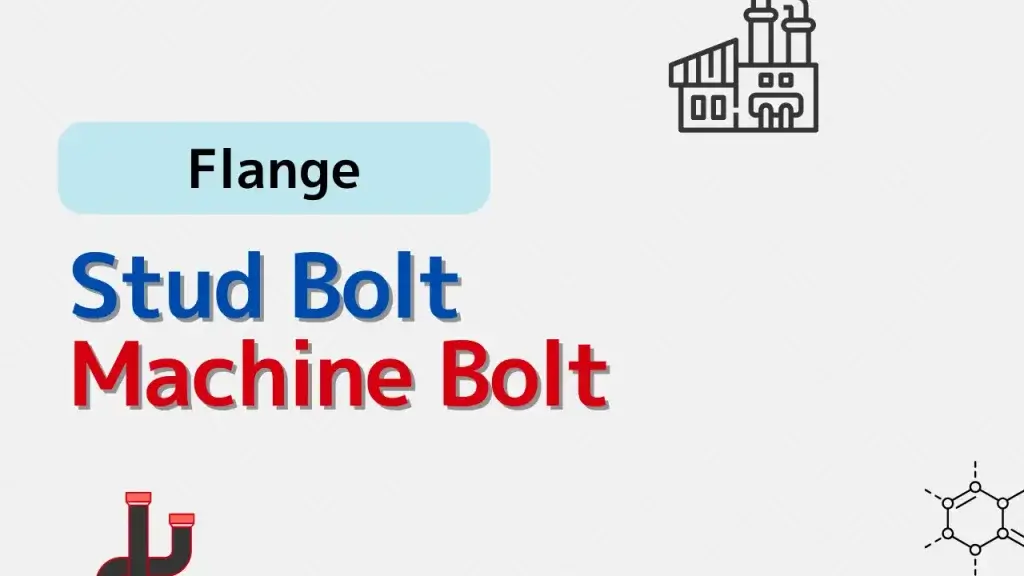If you’re new to piping or plant equipment, you’ve probably come across flanges—and you may be wondering, “Which bolts should I use?”
Two common types are stud bolts and machine bolts, and while they may look similar at first, they’re used differently depending on the situation.
This article breaks down the differences in a simple way so you can understand which type is best for your project.
🔩 What Are Flange Bolts?
Flange bolts are used to connect two flanges together in piping systems. The bolts must be strong, tight, and reliable because they often deal with high pressure and temperature.
There are two main types:
- Stud Bolts: Threaded on both ends, used with two nuts.
- Machine Bolts (or Hex Bolts): Threaded at one end, used with one nut and a bolt head.
📏 Key Differences
| Feature | Stud Bolt | Machine Bolt |
|---|---|---|
| Threads | Both ends | One end only |
| Nuts used | 2 nuts | 1 nut |
| Common use | High-pressure flanges (like in refineries) | Lower pressure flanges or small pipes |
| Installation | More secure and balanced | Easier and faster |
⚙️ When to Use Each Type
- Stud Bolts:
Best for large, high-pressure flanges, especially where uniform tension is important. Also preferred when space is limited because you can remove just the nuts for maintenance. - Machine Bolts:
Suitable for small-diameter pipes or equipment flanges where pressure is low and maintenance is simple.
✅Summary
Choosing the right flange bolt is important for safety and performance.
- Use stud bolts when strength and balance are key.
- Use machine bolts for simple, low-pressure connections.
By knowing the difference, even beginners can make smarter decisions in piping projects.
